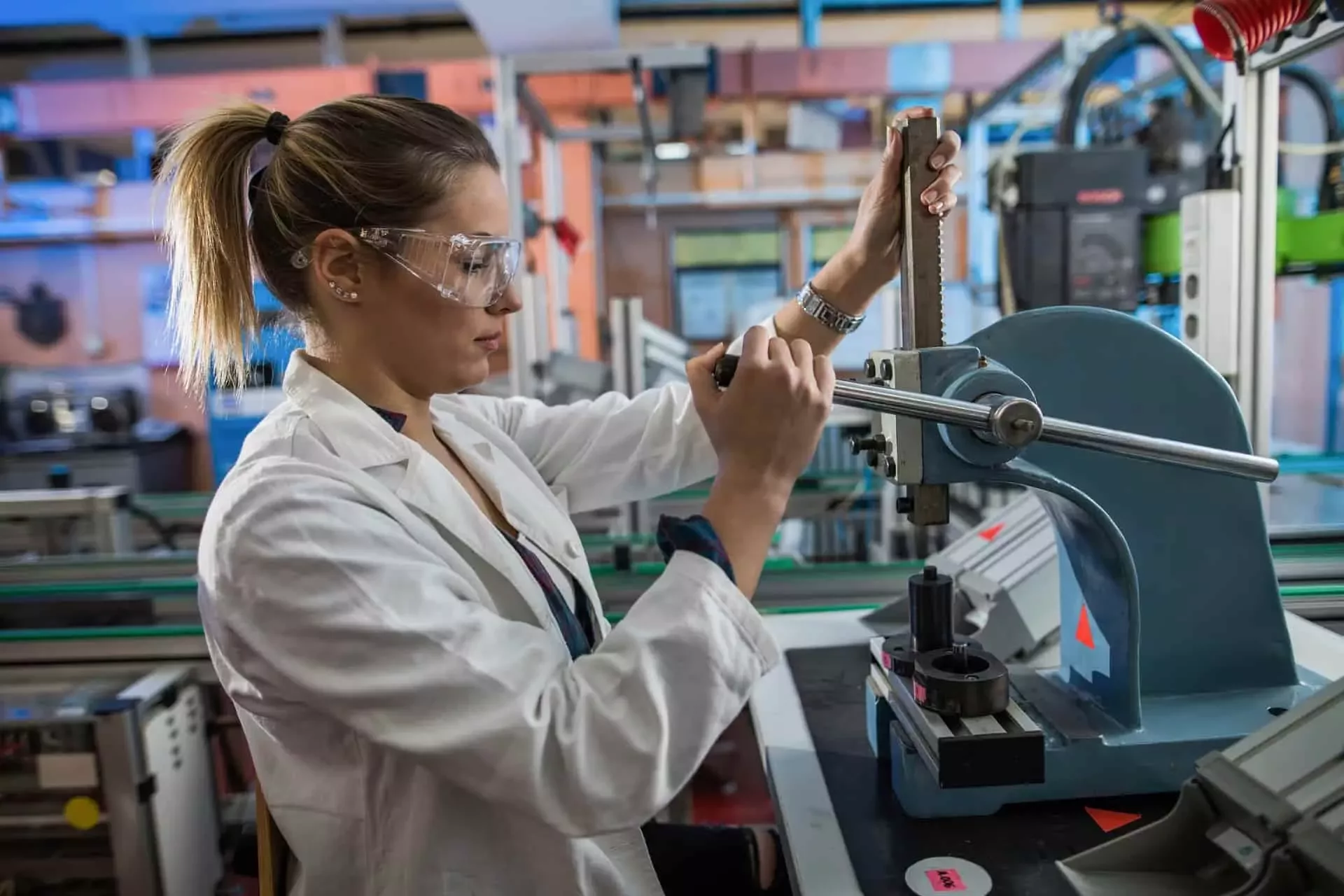Receiving a compliance visit from a Home Office compliance officer can be unnerving for many sponsor license holders. This is understandable as there is a great deal at stake. If any problems are discovered, the compliance officer has the power to downgrade, suspend, or even in the most extreme cases, revoke your sponsor license. But being a sponsor license holder doesn’t need to be stressful. By being prepared at all times, and have systems, processes, and procedures in place, you can ensure that you are always compliant with your duties and responsibilities. We are often asked, “How do we know if we have all of the documents we need to be compliant?” Thankfully, the Home Office provides online resources to help sponsors to understand which documents they need to store and keep up to date. In this article, we will explain how Tier 2 or Skilled Worker sponsor license holders can verify if they have the documents they need to satisfy the requirements of the Home Office during a compliance visit.
Which Documents Do Sponsor License Holders Need To Store?
As a starting point, we recommend looking at the Home Office’s own guidance on the documents which sponsor license holders are expected to keep. This is entitled, ‘Workers, Temporary Workers and Students: guidance for sponsors Appendix D: keeping documents – guidance for sponsors’. It breaks the documents required into three parts, as follows:
1. Documents required for each sponsored worker
The documents you will need to acquire and keep copies of for each sponsored worker are as follows:
- A copy of each sponsored worker’s current passport – the Home Office will want to see that you have copies of each personal identity page and any relevant entry visas or permission (leave) to enter stamps, showing that the person has permission to work for you as a licensed sponsor. This is part of the right to work checks you are legally obliged to carry out for employees.
- Evidence of the worker’s date of entry to the UK – you are required to check that they did not enter the country before the ‘valid from’ date on their visa; the guidance states, “If they entered before the ‘valid from’ date on their visa, they will not have permission to work for you. If this happens, you should advise the worker to leave the Common Travel Area (UK, Guernsey, Jersey, Isle of Man and Ireland) and re-enter the UK once their visa becomes valid”. If the person is applying to extend or switch their visa while already in the UK, this check will not apply.
- A copy of the worker’s biometric residence permit (BRP)
- A copy of their worker authorisation (‘purple’) registration certificate (for Croatian nationals only)
- A copy of the worker’s National Insurance (NI) number (unless the worker is exempt from requiring one) – this may be in the form of an NI card, wage slip, P45, or BRP if this is shown on the card
- A history of the worker’s contact details – this includes their UK residential address, telephone number, and mobile telephone number. This must always be kept up to date. It is advisable to have a robust system in place to keep these records up to date as the Home Office will cross-check them with the migrant worker during an audit.
- Copy of a DBS check where this is a requirement of the role
- A consent letter from the parents of any employee under 18 agreeing to the arrangements for the child’s travel, reception and care in the UK.
- A record of the worker’s absences
2. Tier 2 Resident labour market tests (RLMTs)
Until the end of 2020, sponsored employers recruiting for a role not on the shortage occupation list (SOL) have to complete an RLMT. RLMTs are not required from 1st January 2021, however, for any staff recruited before then, you will need to retain copies of your RLMT documents; these include:
- a copy of the job advertisement showing the title, location, duties, skills and qualifications, salary, and the closing date for applications – if on a website, you should keep a screenshot, and the name of the website and URL. There are detailed requirements for each advertising method on the Home Office guidance which you should be familiar with.
- For milk rounds (i.e. recruitment at university settings), a letter from each university on their headed paper confirming the milk round, the dates it was conducted, and method used, for example, presentation and/or interview method
- Copies of all applications shortlisted for a final interview, in the medium they were received showing the applicant’s name, address, and date of birth
- a breakdown of the names and total number of applicants shortlisted for a final interview
- for each settled worker who was rejected or did not take up the offer of employment, interview notes or other documentation which show the reasons why they have not been employed
3. Sponsored worker salary information
You also need to keep copies of documents relating to the salary of sponsored workers. This is to prove that you are paying at or above the minimum or going rate for the role. This can be evidenced by keeping copies of the following documents:
- Copies of the worker’s payslips, clearly showing the name, NI number, tax code, any allowances paid, and deductions made
- Evidence of the amount and frequency of all salary payments made to each worker
- A copy of any contract of employment or for services, or a written statement of employment particulars
- Evidence of additional allowances received by sponsored workers as part of their salary package
Wrapping Up
Putting in place a checklist to ensure that the documents you hold for each migrant worker have been received, are valid, and are up to date requires organisation and time. By allocating a member of staff to manage this key administrative process on your behalf, and by giving them the time, training, backup, and resources they need to thoroughly manage this for you, you can ensure you will remain compliant.







